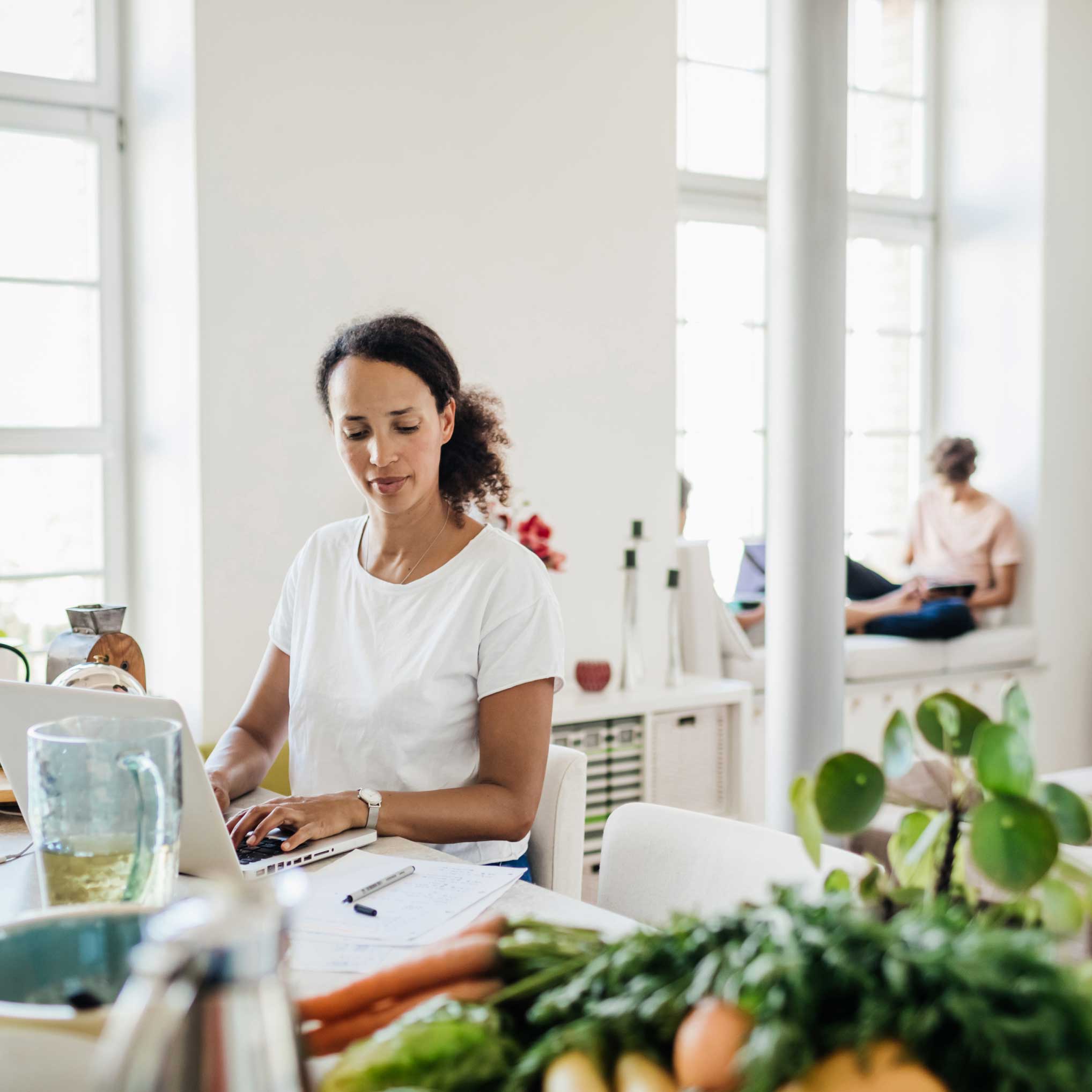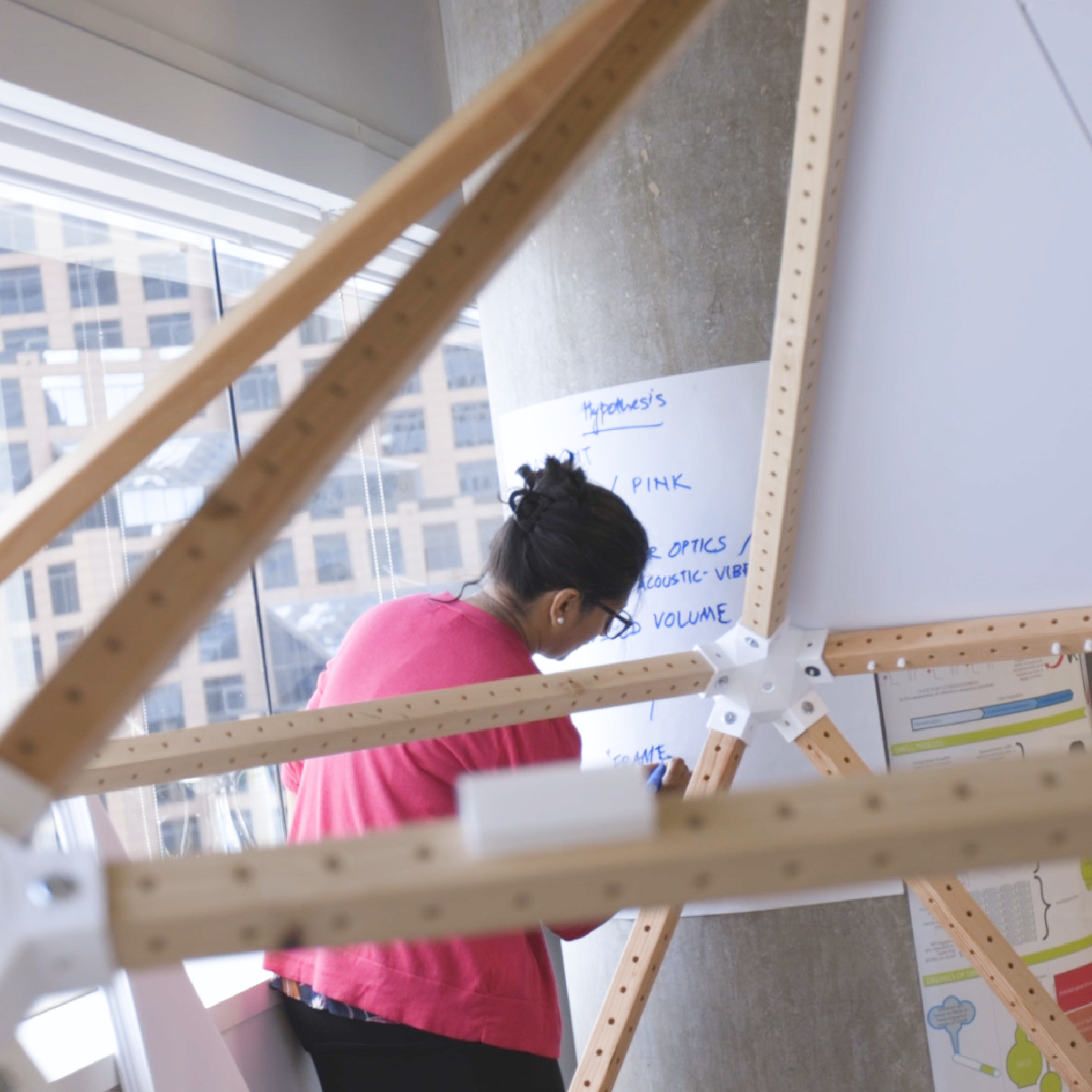
Two Years After COVID, Here’s What We’ve Learned as Designers
COVID-19 has officially been in the world for more than two years. During that time it has changed the way all of us live, work, play and think.
Tragically, it has also killed more than 6 million people worldwide. Health experts and scientists agree that many of those deaths could have been avoided. As the life continues in a world in which COVID will likely be a permanent companion, architects, designers and engineers have acquired many lessons in the past two years about what steps our industry can take — now and in the future — to make our lives safer and more comfortable. Here are a few things we learned at HKS:
1- Use What You’ve Got
It’s too costly to build new hospitals for the next pandemic, so converting existing spaces quickly is key for architects and designers. HKS-designed Orlando Regional Medical Center in Florida offers one blueprint how such blueprints can be done successfully.

2 – Prepare for the Surge
In a pandemic, every available space – from lobbies to hallways – may become emergency treatment areas. That means that certain medically necessary infrastructure components – oxygen, medical gasses, pipes and wiring should be close at all times, even if generally hidden from view. And water, electricity and medical hookups should be available to quickly convert parking lots or nearby structures into field hospitals.

3 – Staff Needs Love, Too
The pandemic has clearly shown us that health care workers are a treasure and must be treated as such. They need ample space to unwind and relieve the stress that comes with their jobs. Designing spaces that give them plenty of room to relax and recharge, away from the hustle and bustle of patient care, is necessary. For example, spaces that allow privacy and allow staffers to control sound and lighting would be helpful, along with rooms with windows that overlook gardens or other serene settings.
4 – There’s No Place Like Home
The pandemic has forever changed how we work, or more to the point, where we work. COVID forced employees to shift to working from home – or places other than their main offices – and many of them discovered that they not only liked the flexibility of doing so, but they were also more productive. One finding from HKS’ extensive internal research bolsters this point. The findings revealed that work satisfactions jumped 12% for employees who have control over their home conditions, such as the ability to close a door to block out noise. HKS used this internal research to develop a flexible work from home policy for its employees that became a model for the AEC industry. Firms will likely need to maintain this flexibility going forward to retain, obtain and reward its workforce.
5. Office Work isn’t Dead Yet
While it’s true that working from home is more acceptable than ever, many companies will still need employees in the office for a variety of reasons. And when those workers are there, they will need to feel healthy and safe. Again, HKS research helped provide insights into designing for a safe office space. Recommendations include having teams work in their own “neighborhoods,” creating work “shifts,” so that certain amount of people are in the office at a given time, mobile infrastructure and seamless technology so that processes are consistent at home and remotely, holding meetings outside when possible and adequate spacing of desks. But even with working in the office, flexibility will remain the key component.
6. Safe at Home
Because more work will continue to be done at home, residential spaces will have to adapt. Single family homes will obviously have more options and leeway to do this. But multifamily residential spaces will face unique challenges, in large part due to size and affordability limitations. During the height of the COVID pandemic, HKS worked on possible solutions for future apartment construction. Among the many considerations: flexible workspaces adjustable surfaces, adequate access to light and air in all the spaces, finding a way to “hide” workspaces when they aren’t being used so that employees won’t always feel “on the clock.”
7. Air is Not Rare
No matter who you are or where you go, you’ll need air. The pandemic often put that basic need in jeopardy. Designers have figure out ways to funnel breathable air into any space from office buildings to shopping areas to airports to sports arenas. Our HKS office in downtown Chicago uses displacement air distribution ventilation technology to help keep the air clean. At the open-air HKS-designed SoFi Stadium, designers minimized air pollutants there by maximizing natural ventilation through operable panels, using the building skin to increase occupant comfort and creating “grand canyons” – large, landscaped pathways, gardens and patios. Airports can use a scaled approach to ventilation to help remove airplane exhaust fumes that historically contribute to poor air quality.





